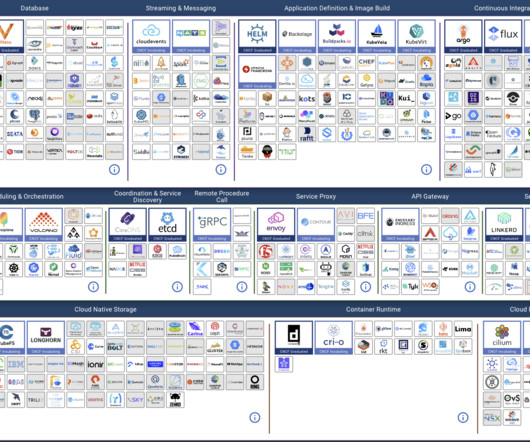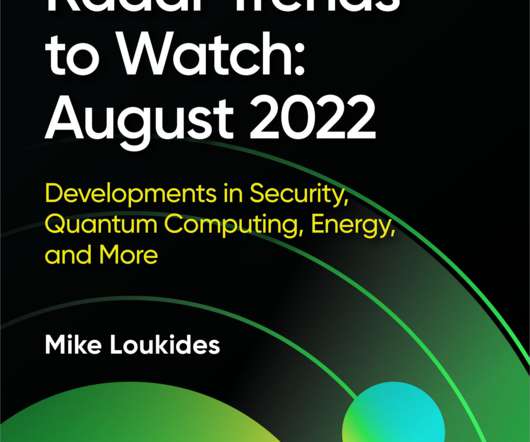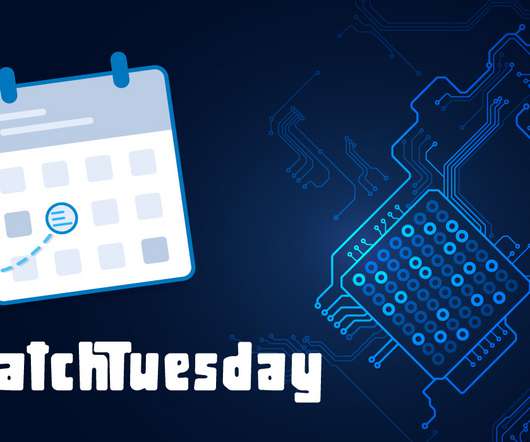Google Play is an ‘order of magnitude’ better at blocking malware
The Parallax
JANUARY 30, 2018
During a month that’s seen Android malware new and old plague the world’s most popular mobile operating system, Google says its Play Store is becoming more civilized and less like the Wild West. That’s 70 percent more than it removed in 2016. Ahn adds that Android malware is becoming more advanced.






























Let's personalize your content